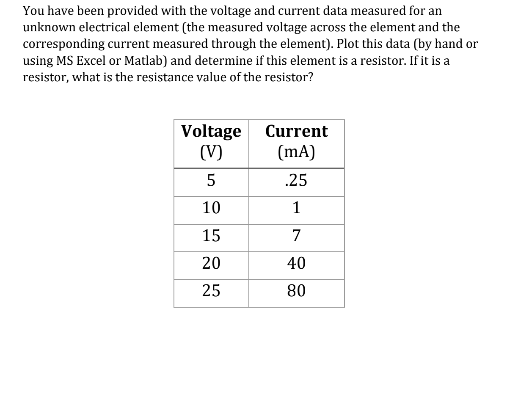Electrical Current Is Measured In

When discussing the measurement of electrical current, it’s essential to understand the fundamental units involved. Electrical current, often referred to as the flow of electric charge, is measured in a specific unit that quantifies the rate at which electric charge flows through a given point in a circuit. This unit is the ampere, commonly abbreviated as “amp” or denoted by the symbol “A”.
The ampere is defined as the flow of one coulomb of electric charge per second. To put this into perspective, consider a simple analogy: just as water flows through a hose, electric charge flows through a wire. The rate at which the water flows can be measured in liters per second, and similarly, the rate at which electric charge flows is measured in amperes.
To delve deeper into the concept, let’s explore how electrical current measurement impacts our daily lives. From the charging of our smartphones to the operation of complex industrial machinery, understanding and measuring electrical current is crucial for ensuring safety, efficiency, and performance.
The Science Behind Electrical Current Measurement
Electrical current is measured using an ammeter, a device specifically designed to quantify the flow of electric charge. There are various types of ammeters, including analog and digital models, each with its own advantages and applications. The choice of ammeter depends on the level of precision required, the type of circuit being measured, and environmental factors such as temperature and humidity.
Key Concepts in Electrical Current Measurement
Direct Current (DC) vs. Alternating Current (AC): Electrical current can be either direct (DC), where the charge flows in one direction, or alternating (AC), where the direction of the current periodically reverses. The measurement of DC and AC requires different considerations due to their distinct characteristics.
Resistance and Ohm’s Law: The measurement of electrical current is often related to Ohm’s Law, which states that current through a conductor between two points is directly proportional to the voltage across the two points and inversely proportional to the resistance between them. Understanding resistance is crucial for accurately measuring and managing electrical current.
Safety Precautions: Measuring electrical current involves working with electrical systems, which can be hazardous. It’s critical to follow safety guidelines, including the use of appropriate personal protective equipment (PPE) and ensuring that the measurement device is properly calibrated and used according to the manufacturer’s instructions.
Practical Applications of Electrical Current Measurement
The ability to measure electrical current accurately has numerous practical applications across various industries:
- Electrical Engineering: For designing, testing, and maintaining electrical systems, including power generation, transmission, and distribution networks.
- Electronics: In the development and repair of electronic devices, measuring current is essential for diagnosing faults and ensuring efficient operation.
- Industrial Automation: Accurate current measurement is vital for controlling and monitoring industrial processes, ensuring machinery operates within safe and efficient parameters.
Future Developments in Electrical Current Measurement
Advancements in technology continue to improve the precision, safety, and convenience of electrical current measurement. Innovations such as wireless current sensors, advanced digital multimeters, and smart grid technologies are transforming how we measure, manage, and utilize electrical energy. These developments not only enhance efficiency and reliability but also contribute to a more sustainable and environmentally conscious approach to energy use.
Conclusion
In conclusion, the measurement of electrical current is a fundamental aspect of understanding and working with electrical systems. The ampere, as the standard unit of electrical current, plays a pivotal role in quantifying the flow of electric charge. As technology evolves, so too do the methods and tools used for measuring electrical current, offering greater precision, safety, and efficiency in a wide range of applications. Whether in the context of industrial operations, consumer electronics, or emerging technologies, the ability to accurately measure electrical current remains essential for advancing our understanding and utilization of electrical energy.
What is the unit of measurement for electrical current?
+The unit of measurement for electrical current is the ampere (A), which is defined as the flow of one coulomb of electric charge per second.
Why is measuring electrical current important?
+Measuring electrical current is important for ensuring safety, efficiency, and performance in electrical systems. It helps in diagnosing faults, managing energy consumption, and optimizing system design.
What are the safety precautions to consider when measuring electrical current?
+When measuring electrical current, it’s crucial to follow safety guidelines, including the use of appropriate personal protective equipment (PPE), ensuring the measurement device is properly calibrated, and following the manufacturer’s instructions.



